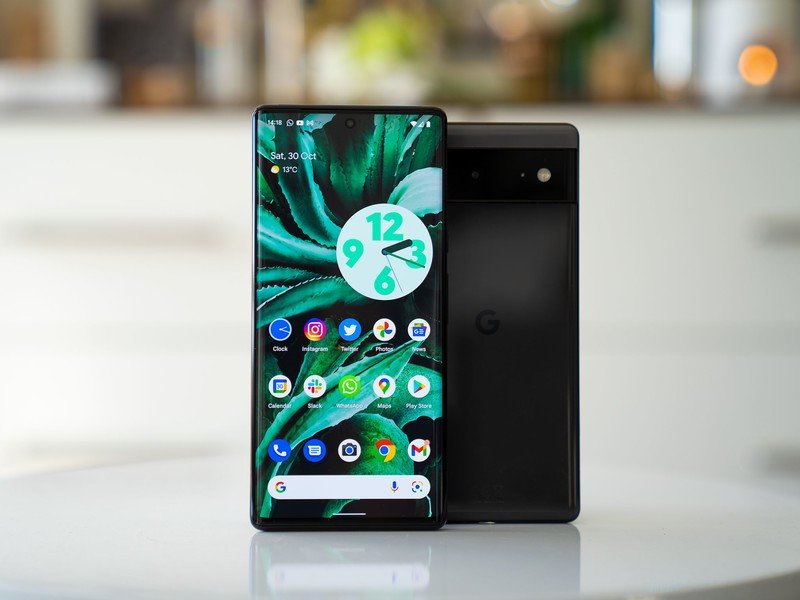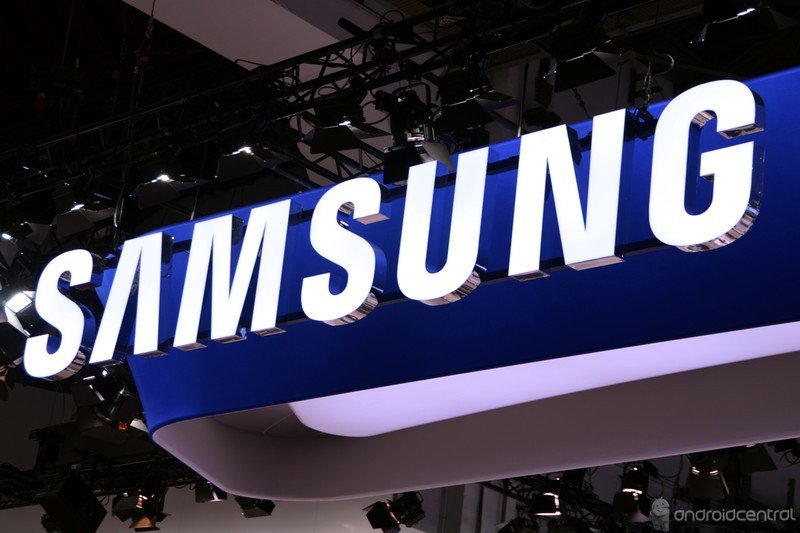Samsung Galaxy S22 gets more guaranteed Android updates than Google's Pixel 6

Tucked away at the bottom of today's Galaxy S22 press release is the news that Samsung just seriously upped its Android update game. A passage in the small print on page three of the presser states:
Availability and timing of Android OS upgrades and features may vary by device model and market. Devices eligible for four generations of Android OS upgrades currently include Galaxy S22 series (S22/S22+/S22 Ultra), S21 series (S21/S21+/S21 Ultra/S21 FE), Z Fold3, Z Flip3, and Tab S8 series (Tab S8/Tab S8+/Tab S8 Ultra).
Previously Samsung had only promised three generations of platform updates for its flagship handsets and four years of security patches.
This news is also significant when comparing the S22 series to Google's recently launched Pixel 6 range. Anyone purchasing a Galaxy S22 device in February 2022, barely four months after the Pixel 6 went on sale, will get a device that's potentially supported for longer than Google's phone. Google's support site lists "guaranteed" Android version updates for the Pixel 6 until October 2024, presumably to Android 15; four generations of Android updates for the Galaxy S22, launched on Android 12, would bring it up to Android 16.

As things stand, the Galaxy S22 will retire on Android 16, beating the Pixel 6 by a whole platform version.
In fact, as things stand, the Galaxy S21 FE, launched in January just two and a half months after the Pixel 6, would enjoy the same support as the S22, getting an extra guaranteed Android update compared to Google's current flagship.
It's another software win for Samsung at a time when the company is crushing it with the pace and frequency of its Android updates.
Todays' revelation is also big news for anyone with a Samsung flagship released in the past 12 months. Samsung's best Android phones of 2021, like the Galaxy S21, Galaxy Z Fold 3, and Z Flip 3, had previously only been guaranteed three years of platform updates and four years of security patches. Samsung's statement today would put these phones on equal footing with the Pixel 6, ensuring updates up to Android 15 in 2024 or 2025.
If you spotted some hedging in the paragraphs above, though, you wouldn't be wrong. Google's wording around Pixel support lifespans has always been very specific. The dates it gives on its support site are minimum levels of support — "guaranteed Android version updates until at least ..."
Be an expert in 5 minutes
Get the latest news from Android Central, your trusted companion in the world of Android
The company could easily change its mind between now and October 2024 and extend the Pixel 6's support lifespan to match or exceed Samsung's latest offering. While we haven't seen Google go far beyond these stated minimum levels of support for Pixel phones, such a move wouldn't be too surprising. Three years of platform updates for the Pixel 6 always seemed like a low-ball figure, especially considering the phone uses Google-designed silicon.

Samsung continues to put most of its Android rivals to shame.
Regardless, the news of longer software lifespans for Samsung flagships proves that with enough effort — and, let's face it, money — it's possible for big-name Android phones to offer software longevity in the same ballpark as the iPhone.
At the same time, Samsung puts to shame many of its Android rivals. Until recently, you were lucky if your new flagship got two major Android version updates. Motorola, one of the worst performers, only guarantees one platform update, even for high-end phones. (Lesser-known brands often stick to this bare minimum level of support set out in Google's contracts with Android device manufacturers.) OnePlus and Oppo, which both recently upped their game from two to three years of OS update for flagships, still fall short of the standard set by Samsung.

Samsung admittedly has an advantage over most in terms of the resources at its disposal. But ultimately, it's using the same Qualcomm processors as most other brands. And presumably, the board support packages — the basic nuts and bolts released by Qualcomm for a particular version of Android on a particular Snapdragon platform — will be available to whoever wants them. In other words, the work to bring Android 15 to Snapdragon 888 and Android 16 to Snapdragon 8 Gen 1 will already have been done, leaving few excuses for other Android brands.
It's great to see a major manufacturer like Samsung improving its support commitment not just for the new high-end Galaxy, but also last year's devices. We can hope other brands follow this example, particularly as customers continue to hold onto phones for longer than the standard two-year contract duration. Still, there remains plenty of work to bring this high level of software support to cheaper handsets, which generally lag far behind the flagships.

Alex was with Android Central for over a decade, producing written and video content for the site, and served as global Executive Editor from 2016 to 2022.
